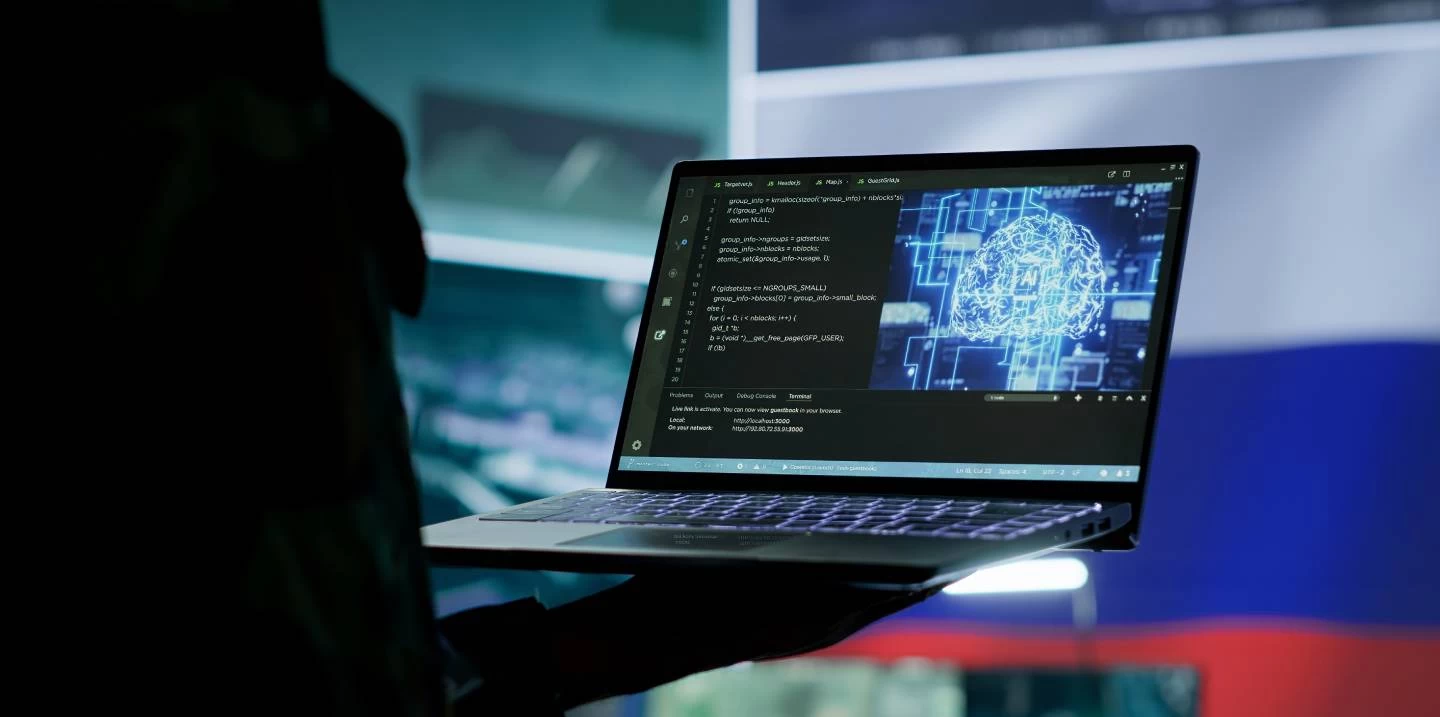
If you run a small or medium-sized business (SME) in the UK, you most likely use QR codes for various purposes, such as payments, check-ins, or marketing. However, it’s important to be aware that QR codes have become a popular tool for cyber criminals. This tactic, known as "Quishing" (short for QR phishing), is an increasingly common cyber threat where fraudsters utilise malicious QR codes to deceive employees and customers into disclosing sensitive information.
While QR codes are intended to simplify tasks, hackers are taking advantage of this convenience by embedding counterfeit QR codes in emails, invoices, and even printed materials. When these fake codes are scanned, they redirect users to phishing websites, initiate downloads containing malware, or lead to fraudulent payment portals.
For SMEs, Quishing is especially dangerous because it bypasses traditional security measures like spam filters and link scanners. With employees and customers scanning QR codes daily, it only takes one bad scan to put SME's cyber security at risk.
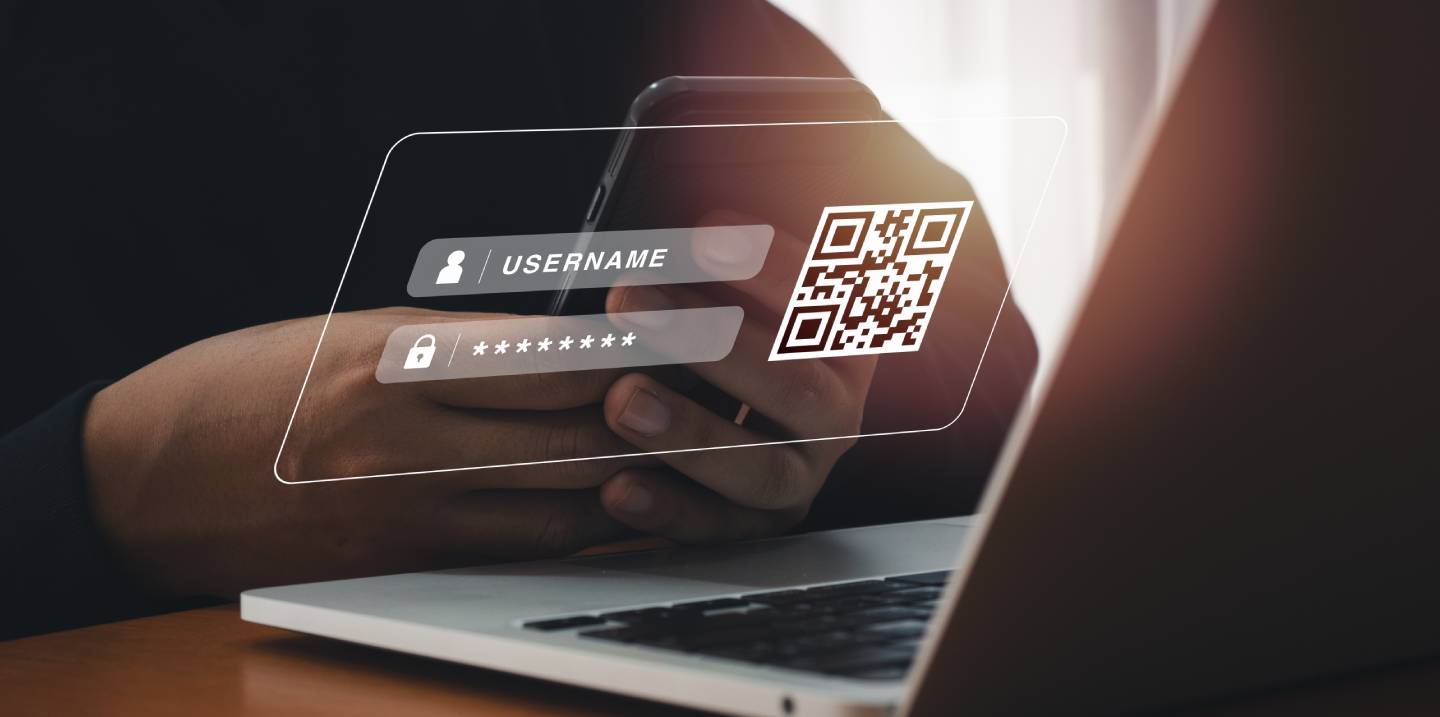
If you think Quishing is merely a fleeting trend, it's time to reconsider. QR code scams have evolved significantly, becoming increasingly frequent and sophisticated over the past year. With more than 60% of businesses in the UK now utilising QR codes for a wide range of operations, from marketing to payment processing, these codes have become inviting targets for cyber criminals seeking to exploit vulnerabilities in business systems.
The statistics paint an alarming picture, Quishing is gaining momentum, and SMEs, which often lack the resources to maintain dedicated cyber security teams, find themselves particularly at risk. Many SMEs are unaware of the potential threats posed by malicious QR codes, which can lead to data breaches, financial loss, and reputational damage.
As businesses continue to incorporate QR codes into their daily practices, it is crucial to be vigilant and proactive in cyber security measures.
Quishing attacks can take multiple forms, but the most common methods include:
Unlike traditional phishing attacks, Quishing is harder to detect because you can’t hover over a QR code to check its link before scanning. Once scanned, a malicious QR code can instantly:
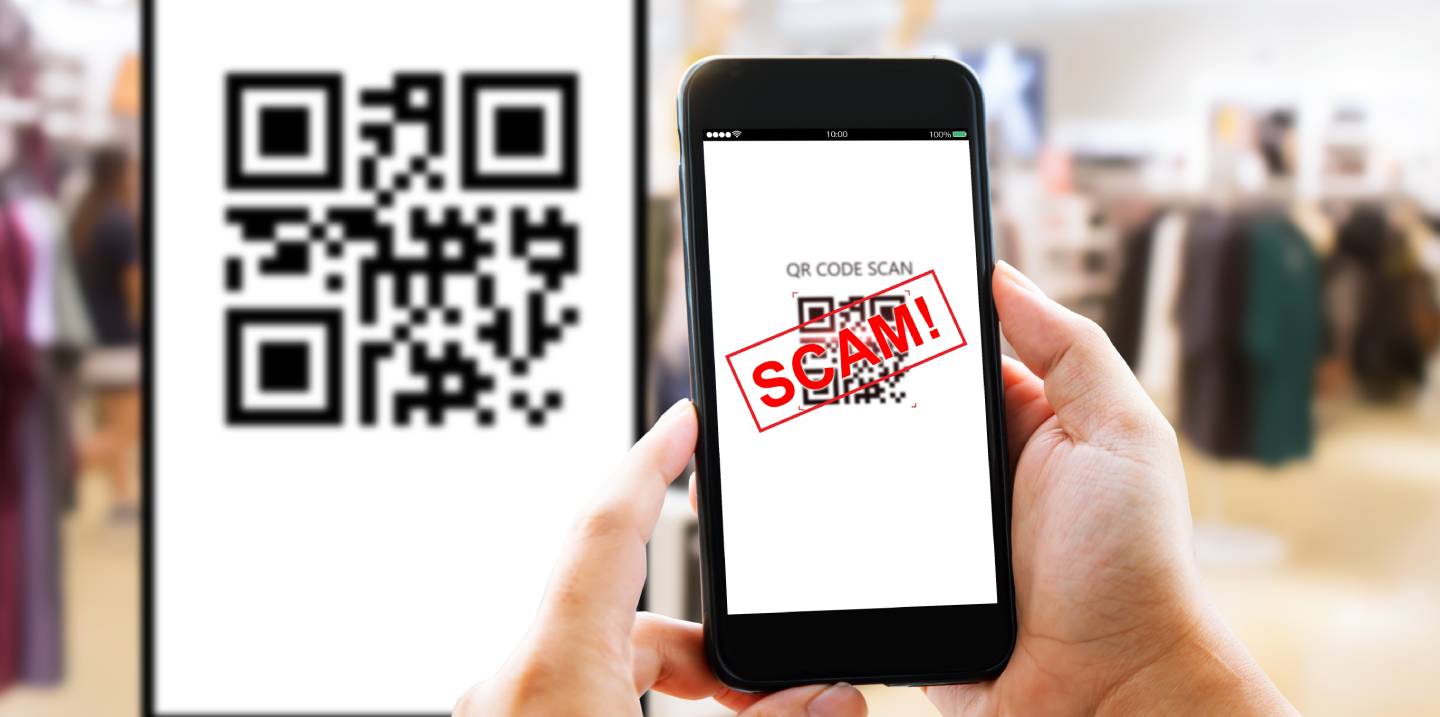
Since we have answered ‘what is QR code phishing’ let’s talk about how you can protect your business from it. Here are some easy-to-implement cyber security tips for SMEs:
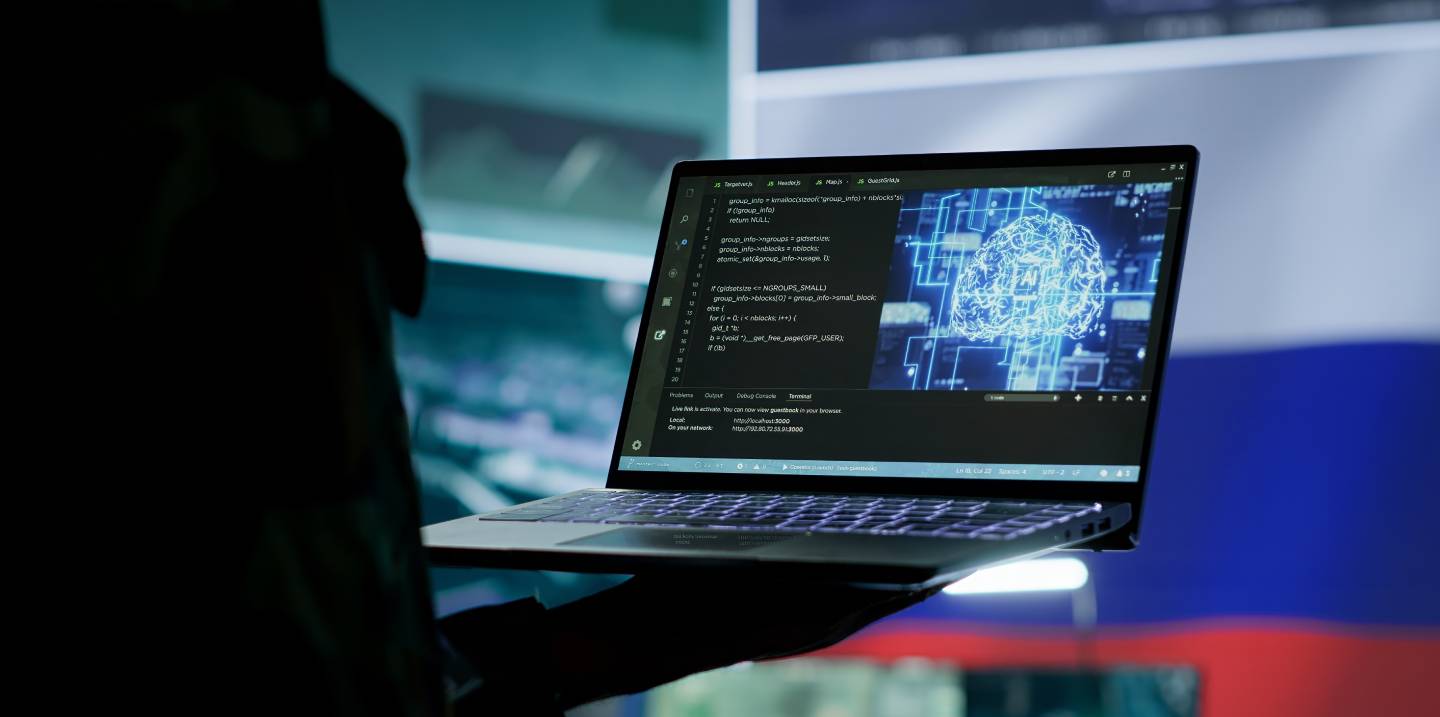
As more businesses transition to digital platforms and the use of QR codes continues to rise, cyber criminals are likely to enhance their Quishing techniques. Experts anticipate that deepfake QR phishing scams, where AI-generated voices or videos prompt users to scan a QR code will be the next significant wave of attacks.
This makes it essential to take action now. By educating employees, securing QR code usage, and staying updated on emerging threats, small and medium-sized enterprises (SMEs) can reduce their risk of falling victim to QR code scams.
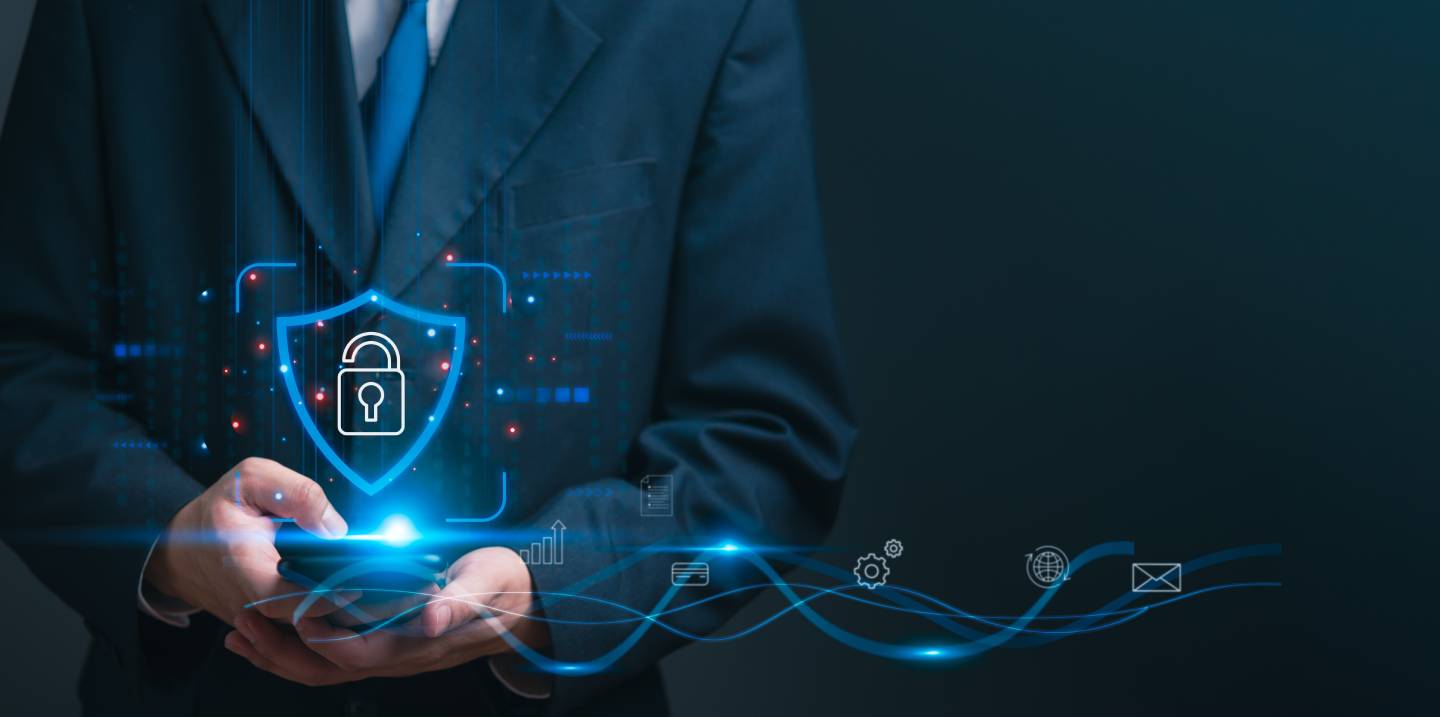
Quishing may be a relatively new cyber security threat, but it’s growing fast and evolving rapidly. SMEs can no longer afford to overlook this attack vector. The key to staying safe is awareness, verification, and proactive cyber security measures.
Protect your business today, share this guide with your team and make cyber security a priority!
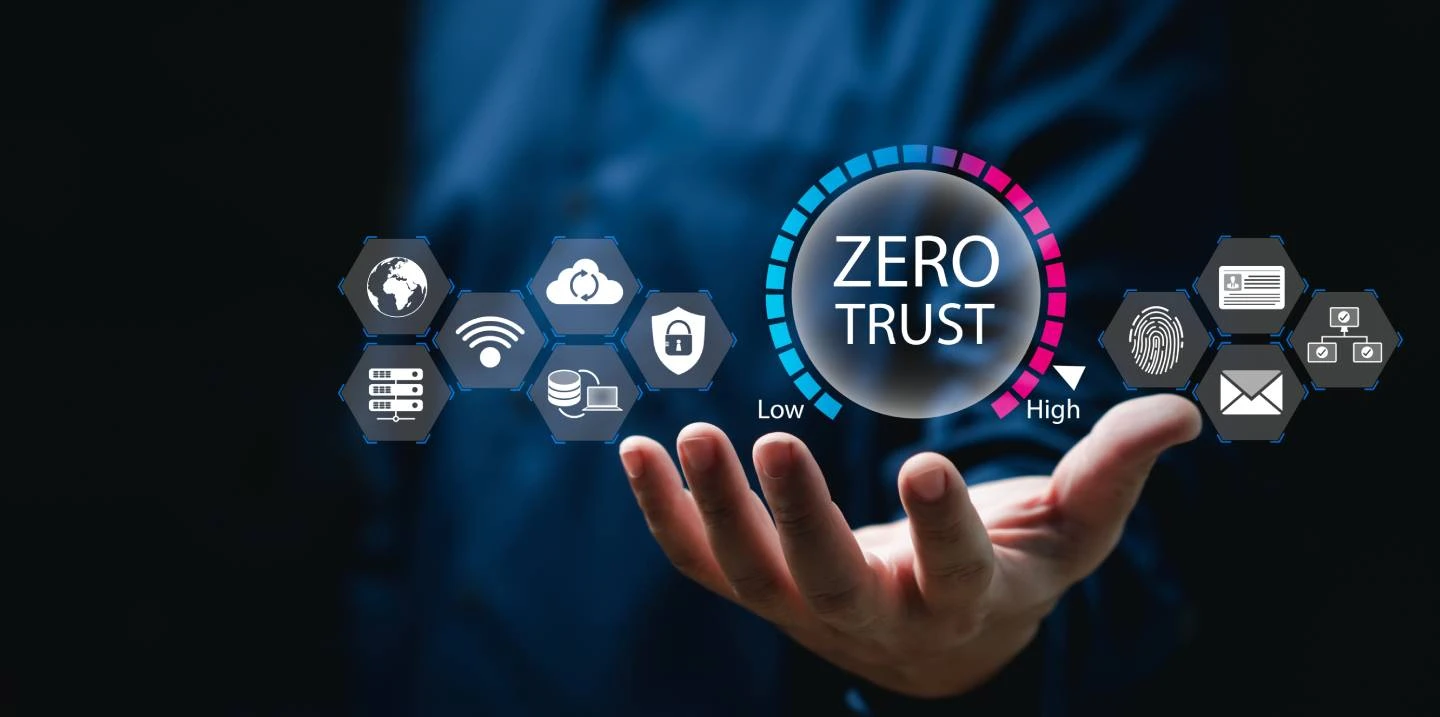
Zero Trust Evolution: Adapting to Cloud, Microservices & Compliance

Navigating UK Cyber Security Regulations: A 2025 Guide for Businesses

AI and Cyber Security: The Hype vs. Reality for the Mid-Market
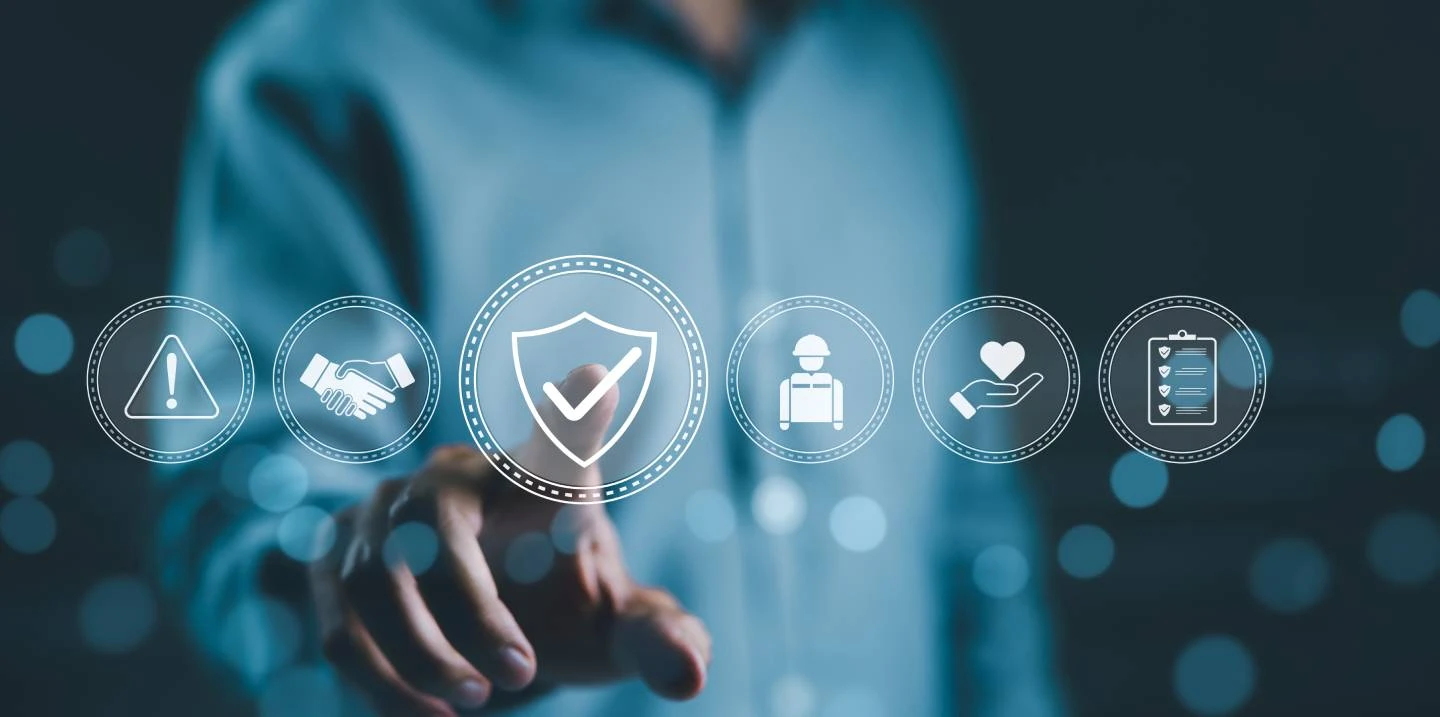
Cyber Security Strategy for UK SMEs: A 2025 Playbook from the team at DCG
Join industry leaders on cyber projects to create a global impact and ensure a secure digital future.